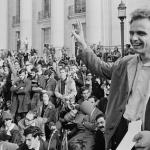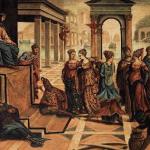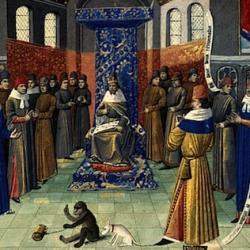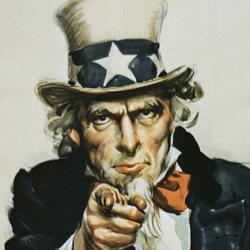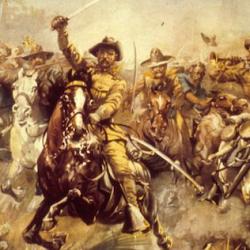Tisa Wenger’s Religious Freedom recounts what her subtitle calls the “contested history of an American ideal,” focusing on the period between the Spanish-American War and World War II. She doesn’t look at the theorizing of religious freedom, or court decisions. Instead, she’s interested in the way religious freedom worked in public discourse – who appealed to it and to what ends.
Religious freedom was one dimension of an “assemblage” of concepts, institutions and practices, and appeals to religious freedom implied the entire assemblage. Religious freedom was modern, in opposition to medieval religious oppression. Religious freedom was Protestant, and American.
Confessing religious freedom was a marker that the confessor was a true American, enlightened, on the right side of history. American Catholics adopted the rhetoric of religious freedom to prove their American bona fides. Religious freedom became a justification for American imperialism: America had to intervene in the Philippines to liberate Filipinos from the dark oppressions of Catholicism.
Race plays into the assemblage as well. Whites are classified as moderns who know how to rightly divide religion and politics; primitive races adhere to outmoded mixtures of the two. Part of the white man’s burden is to help the barbaric races accept modern separation of religion and the state.
Wenger argues that religious freedom was deployed in ways that furthered secularization. English common law prohibited the enslavement of Christians, and black Christian slaves in America began demand emancipation on this basis. In response, John Locke (writing the Fundamental Constitutions of Carolina) distinguished between freedom of conscience (the realm of religious liberty) and civil order. Religion was irrelevant to social or political standing; it was a matter of the soul, while the state confined itself to governing the body (8-9).
After the Spanish-American War, the US imposed American-style religious freedom on the “barbaric” Muslim Moros: “By consigning traditional Moro leaders to a strictly ‘religious’ sphere, Americans asserted their own exclusive right to civil power. Moros attempted in response to articulate their own visions of religious freedom but were ultimately forced to accept a delineated and privatized sphere for Islam in Moro life. In this way, the dominant articulations of religious freedom supported the civilizational assemblages of U.S. empire” (56).

